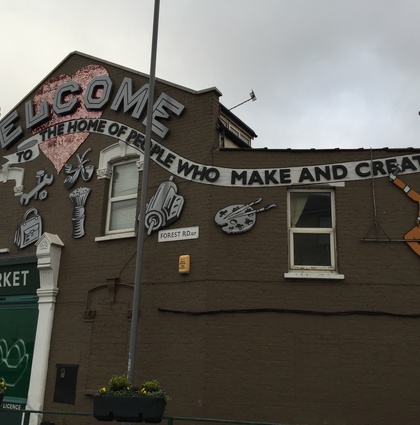
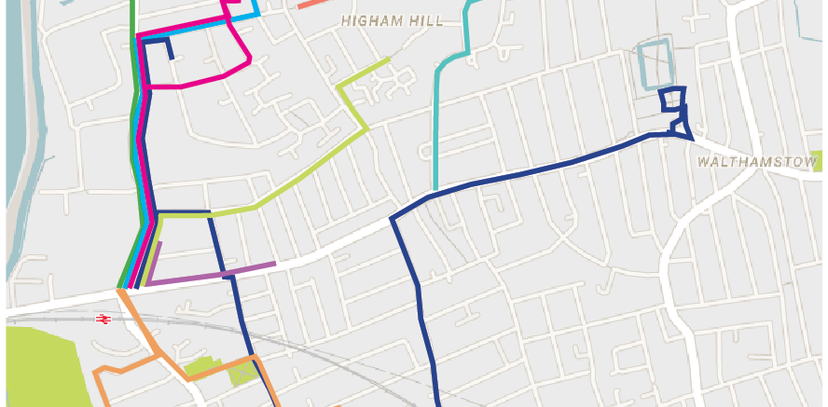
Once upon a time, planners considered their professional knowledge as paramount to guiding how cities are managed. After many decades of hard learned lessons and questionable outcomes, it has become accepted that professional knowledge can only go so far, and that understanding the behaviour and needs of urban residents is essential to effectively understand, plan and manage cities.
Cities are complex and rapidly changing, far too much so to be able to be encompassed by the knowledge of professionals alone. The city indeed belongs to the people who live in them, and it that the built environment must reflect the needs of its inhabitants. Local knowledge has become central to creating and managing places which are sustainable in the long term.
Social Life has been developing an engagement toolkit with Kaizen Partnership, which carries this ethos at its very heart, for Waltham Forest Council. Understanding the connection between people and where they live is central to creating good urban environments, and for this project we tested a number of methods which can help decision makers to better understand the communities they work with.
‘Walking ethnographies,’ or walking tours, draw from the idea that those who have been living in an area for years will understand it better than anyone else. Far from relying on solely our own observations of Walthamstow, Social Life spent time walking around one part of the borough, Blackhorse Lane, with local residents. We asked them to tell us, in their own words, about where they live and what they find interesting about it. We let them choose where to take us - to show us what mattered most to them about the area, the good and the bad. We wandered streets we would perhaps never otherwise visit and learnt about the value of different places in the area to local people.
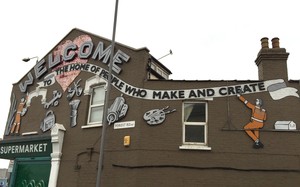
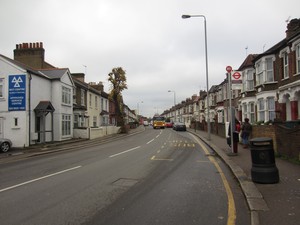
In Walthamstow’s Blackhorse Lane, we saw the area through the eyes of a variety of different members of the community. This included a shopkeeper, who has witnessed the area change over decades, to more recent arrivals such as the father of a young family, who reflected the views of the growing number people moving into the borough.
Blackhorse Lane is a Housing Zone, over the next few years 2,500 new homes will be built on former industrial land. Its traditional industries have declined, causing concerns about loss of identity and jobs. Although new makerspaces are doing well they have not yet replaced the stablility of former manufacturing industry.
A walking tour, through the eyes of local residents, paints a rich picture of an area. It helps us to understand how different elements of cities come together to form part of our every day lives, and indeed where the most effective interventions might be made. In Blackhorse Lane we were able to see how issues around maintenance of the local environment affected how people felt, their connections with neighbours, and the impact of new developments on day-to-day life.

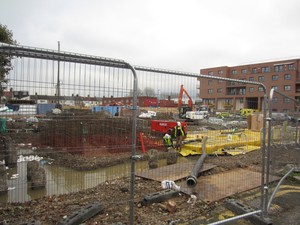
While the method is useful in providing a deep level of insight into the lived experience of places, it is time intensive. It therefore works best when used alongside other methods of outreach and engagement, such as surveys, one-to-one interviews, and group discussions. In this way, the richness of an area can be understood at different levels and from different perspectives, enabling better, more informed, and more responsive decisions to be made to support local communities.
Here is one example of a summary of a walk around Blackhorse Lane (the names of participants have been changed).
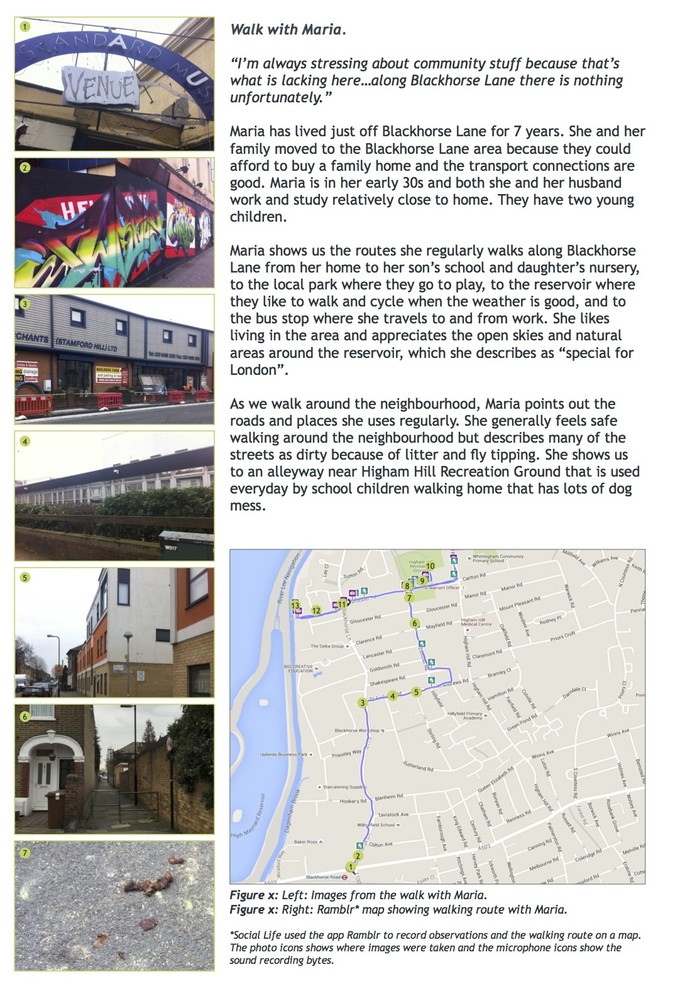
The final output of this project was a toolkit - engage-wf.net - to help officers and councilors in Waltham Forest become more confident in engaging residents.
For more about our work in Blackhorse Lane, see http://www.social-life.co/publication/blackhorse_lane/
